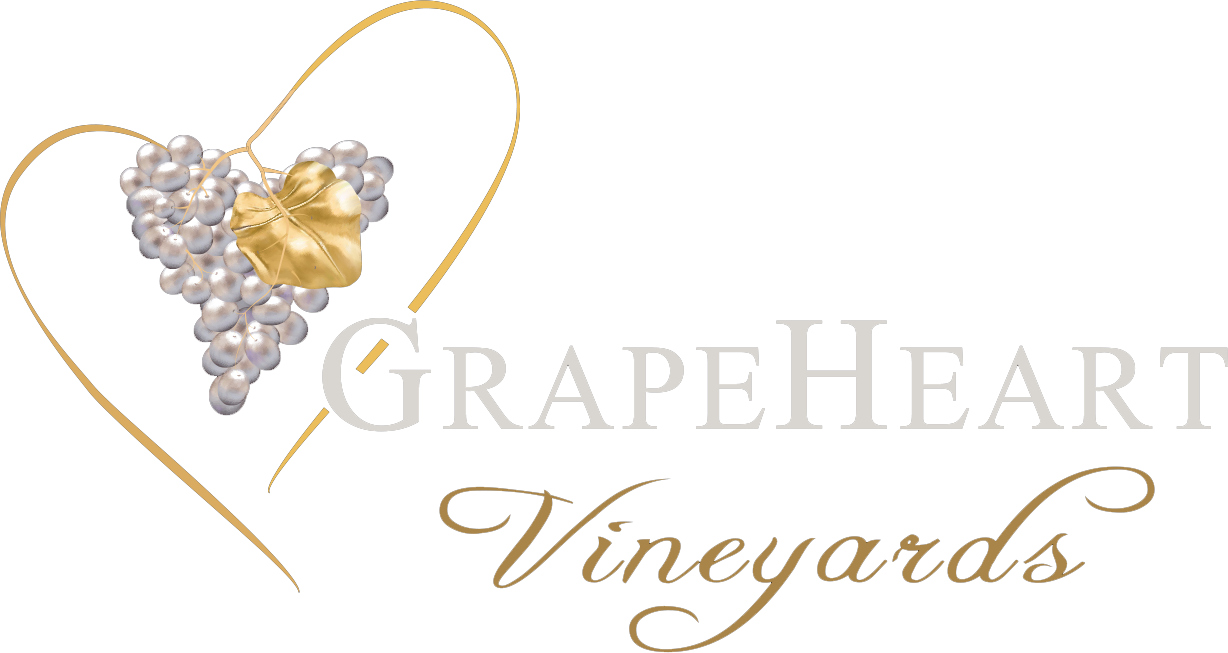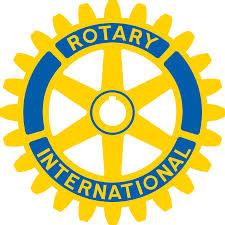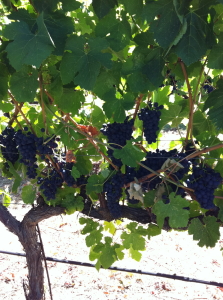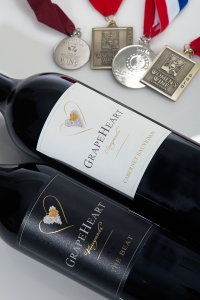SUISUN VALLEY: Ramzi and Isabel Deeik faced an initial, major task when they began making wine with Suisun Valley grapes–coming up with a name for their product.
 “It’s so hard to find a name,” Isabel Deeik said. “We thought, ‘Let’s have something to do with the heart.’ ”
“It’s so hard to find a name,” Isabel Deeik said. “We thought, ‘Let’s have something to do with the heart.’ ”
They chose the name GrapeHeart Vineyards because it gets to the heart of the matter for them.
Ramzi Deeik is a local heart surgeon. He was picked by NorthBay Medical Center to help design its $4.6 million cardiovascular surgery center, the first in Solano County. Before the center opened in 2009, people who needed heart surgery had to be taken to a hospital outside of the county.
The Deeiks brought that interest in the heart to their winemaking efforts. GrapeHeart donates part of its proceeds to the Sister to Sister Foundation, a nonprofit group that works to prevent heart disease in women.
Then there’s the wine itself.
“I’m a big believer in the benefits of wine for prevention of heart disease, as well as a Mediterranean diet and exercise,” Ramzi Deeik said.
Highly extracted wines are high in tannins from the seeds and stems. The resulting antioxidants are heart-friendly, according to some health experts.
“They basically help protect the linings of the blood vessels in the heart,” Ramzi Deeik said.
GrapeHeart Vineyards made its first wines in 2010 and released the results this year. The Beat, a Cabernet-based blend of reds, won the Best of Solano award at the North Coast Wine Challenge and Best of Class and Gold at the International Women’s Wine Competition. The 2010 Cabernet Sauvignon won Silver at the U.S. National Wine Competition.
The Deeiks live in Napa, the epicenter of the nation’s wine world. They make their wines in St. Helena in the Napa Valley. But they turned to Suisun Valley for their grapes.
“We really believe Suisun Valley makes great wine,” Isabel Deeik said.
She noted they’re not the only ones from Napa who believe in Suisun Valley. Caymus Vineyards of the Napa Valley recently announced it would open a winery on Cordelia Road in lower Suisun Valley under the name Wagner Family of Wine.
GrapeHeart Vineyards is 40 acres on Suisun Valley Road. The vineyard was planted in 2000 and the Deeiks purchased it in 2009.
Ramzi Deeik was driving the back roads from Napa to Fairfield at the time to avoid traffic, going through Wooden Valley and Suisun Valley. On one of those trips, he saw the Suisun Valley vineyard for sale.
 “We’ve always had a passion for wine, even back when we were in Chicago where we met,” Ramzi Deeik said. “We always wanted to come to the Wine Country and start a project like this.”
“We’ve always had a passion for wine, even back when we were in Chicago where we met,” Ramzi Deeik said. “We always wanted to come to the Wine Country and start a project like this.”
The Deeiks contacted the Napa wine producer farming the Suisun Valley land and tasted wine made from the vineyard grapes. That helped convince them to buy the land.
“I was very impressed with the quality of the wine,” Ramzi Deeik said.
Newcomers to the world of wine production, the Deeiks got to work. They secured Howard Babcock as their vineyard manager and Fred Delivert as their winemaker.
“We have great professionals around us,” Isabel Deeik said.
GrapeHeart has no tasting room; at least, not yet. People can buy its wine at such restaurants as the Mankas Steakhouse in Suisun Valley and Redd’s in Yountville. They can also go to www.grapeheartwines.com to buy wine.
So far, so good for GrapeHeart.
Daily Republic – Fairfield Suisun
http://www.dailyrepublic.com/news/business-local/grapeheart-vineyards-debuts-award-winning-wines/


 “It’s so hard to find a name,” Isabel Deeik said. “We thought, ‘Let’s have something to do with the heart.’ ”
“It’s so hard to find a name,” Isabel Deeik said. “We thought, ‘Let’s have something to do with the heart.’ ” “We’ve always had a passion for wine, even back when we were in Chicago where we met,” Ramzi Deeik said. “We always wanted to come to the Wine Country and start a project like this.”
“We’ve always had a passion for wine, even back when we were in Chicago where we met,” Ramzi Deeik said. “We always wanted to come to the Wine Country and start a project like this.” GrapeHeart Event: the San Francisco Vintners Market is Back. We will be showcasing alongside other top wineries again at Fort Mason Center – Festival Pavilion November 23rd and 24th, 2014, the weekend before Thanksgiving. We look forward to having you attend our event.
GrapeHeart Event: the San Francisco Vintners Market is Back. We will be showcasing alongside other top wineries again at Fort Mason Center – Festival Pavilion November 23rd and 24th, 2014, the weekend before Thanksgiving. We look forward to having you attend our event.
 How much do you really know about your heart’s health? It’s easy to be fooled by misconceptions. After all, heart disease only happens to your elderly neighbor or to your fried food-loving uncle, right? Or do you know the real truth – that
How much do you really know about your heart’s health? It’s easy to be fooled by misconceptions. After all, heart disease only happens to your elderly neighbor or to your fried food-loving uncle, right? Or do you know the real truth – that